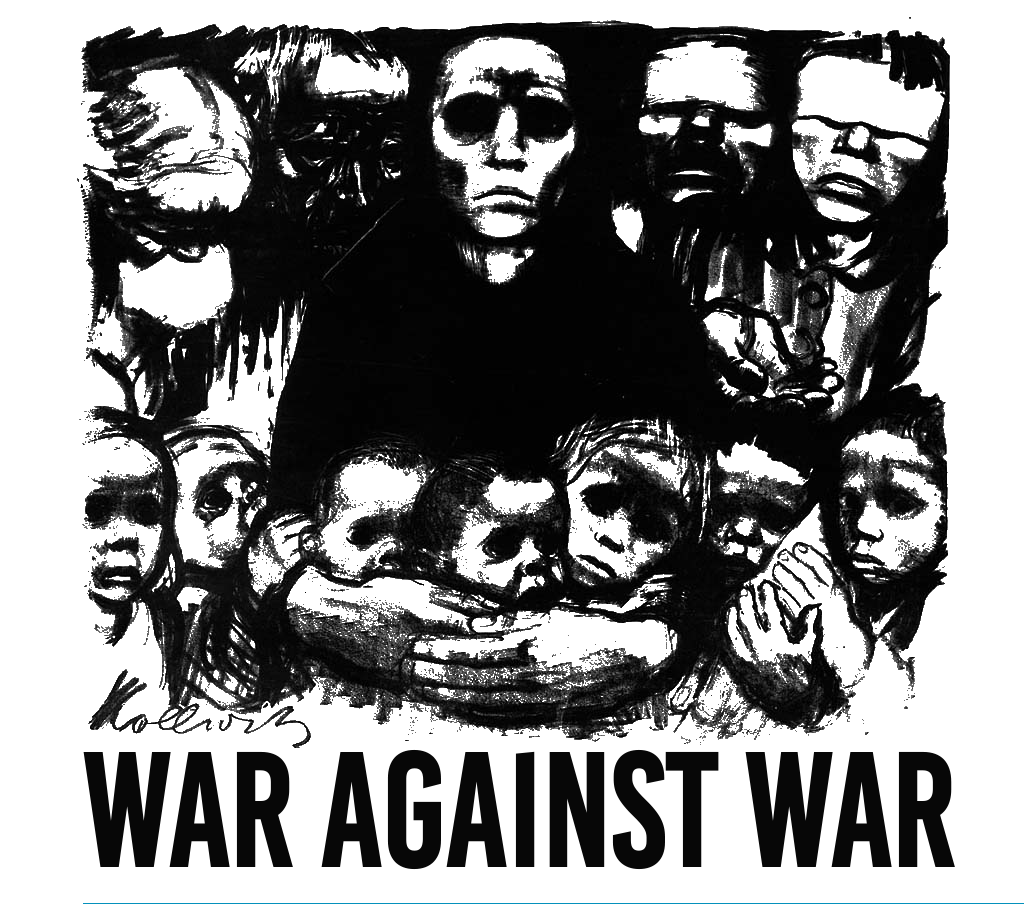Why do some towns recover faster than others after intrastate conflict? Many important decisions about post-conflict recovery are made at the substate level, but little empirical work has investigated what causes differences in recovery outcomes within a country. This article suggests that proximity to ethno-religiously diverse neighbors slows a town’s post-conflict recovery. A town has ‘diverse neighbors’ if towns with different plurality ethno-religious groups are nearby. This hypothesis is tested by exploring variation in recovery speed among Iraqi towns after the 2014–17 Islamic State insurgency (ISIL). The article constructs 81-month panels of economic activity for 379 Iraqi settlements occupied by ISIL by using satellite-observed nighttime light emissions as a proxy for economic activity. The panels reveal large variation in post-conflict recovery among towns during the first year of peace. Village-level survey data are then used to construct a measure of neighbor diversity, which is combined with lighting-based recovery scores in spatial autoregression. The results show that greater neighbor diversity is robustly associated with slower settlement recovery. The neighbor diversity penalty cannot be fully explained by cleavages between groups ‘on opposite sides’ of the conflict; proximity to out-group neighbors appears to slow recovery even between wartime allies. Several explanations are considered, and this article suggests that the types of post-liberation controllers that arise in diverse areas – which tend to be substate militias rather than the government – may be one important mechanism.
This was originally published on SAGE Publications Ltd: Journal of Peace Research: Table of Contents.
